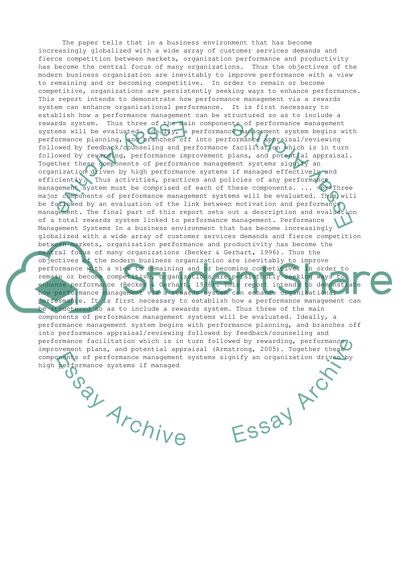Cite this document
(“Human Resources and Performance Management via Reward Systems Essay”, n.d.)
Retrieved de https://studentshare.org/business/1392681-reward-performance
Retrieved de https://studentshare.org/business/1392681-reward-performance
(Human Resources and Performance Management via Reward Systems Essay)
https://studentshare.org/business/1392681-reward-performance.
https://studentshare.org/business/1392681-reward-performance.
“Human Resources and Performance Management via Reward Systems Essay”, n.d. https://studentshare.org/business/1392681-reward-performance.


